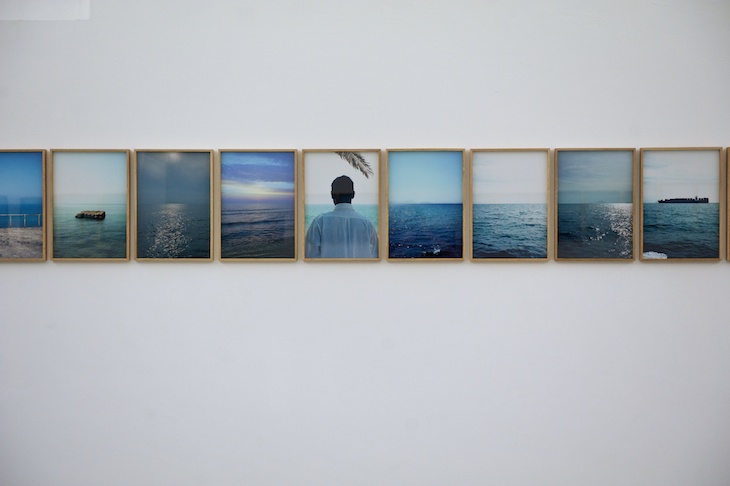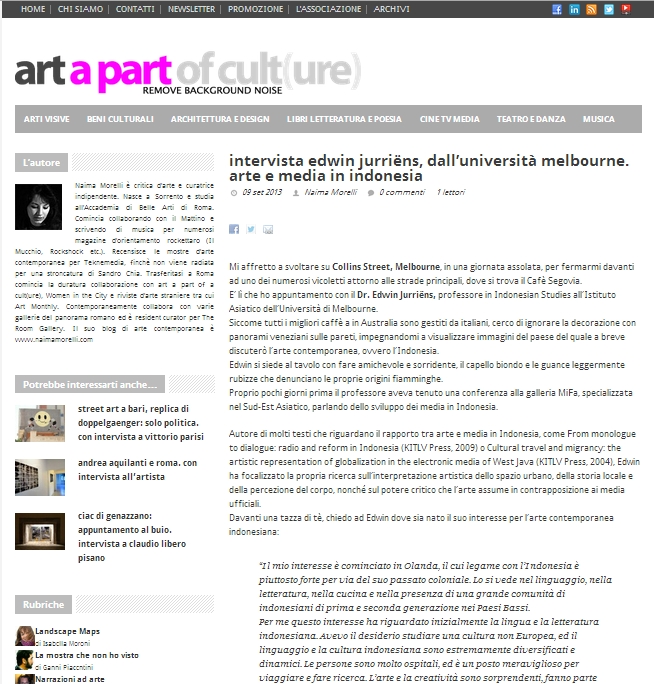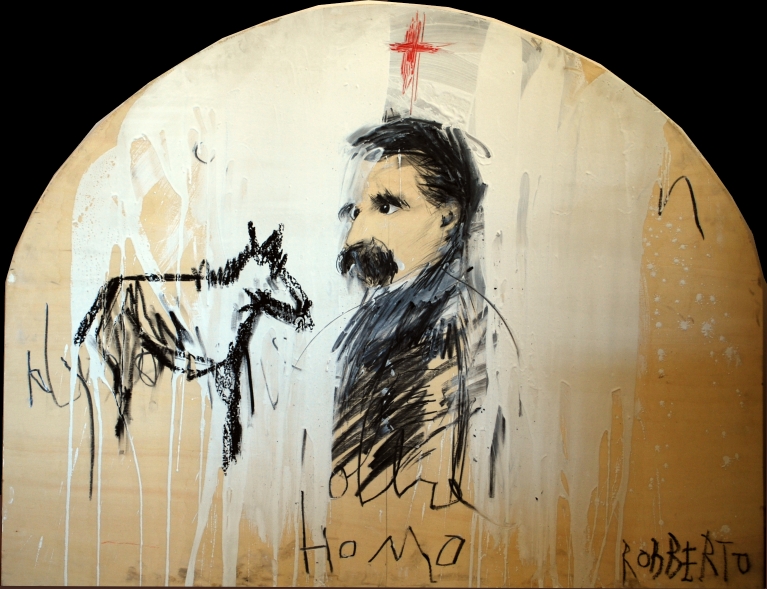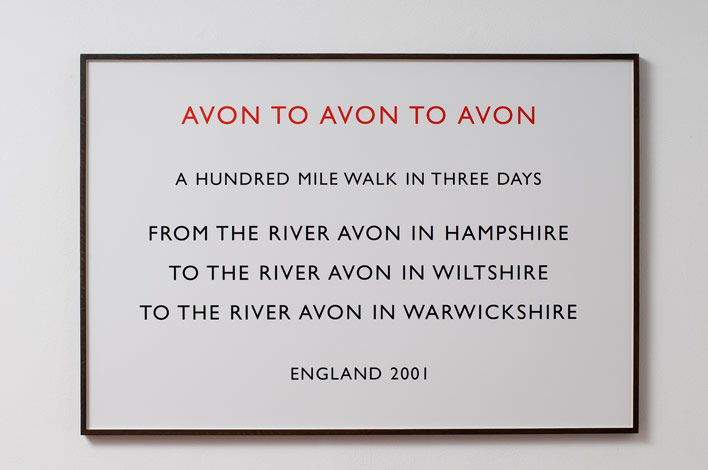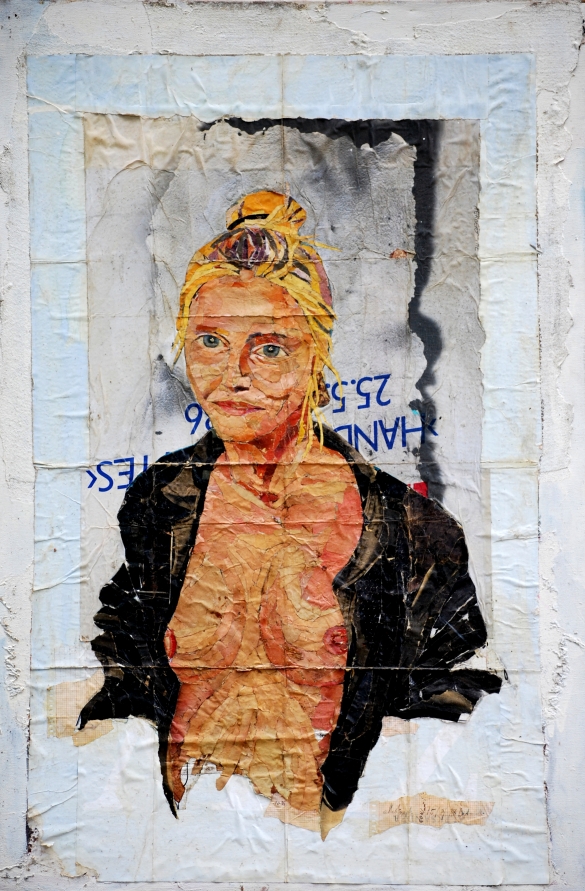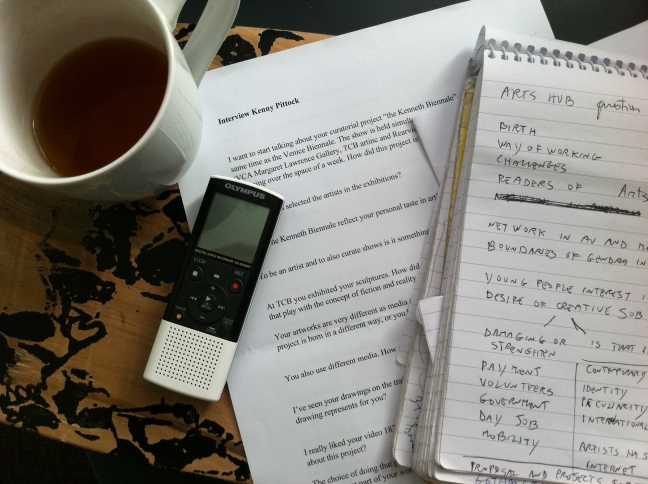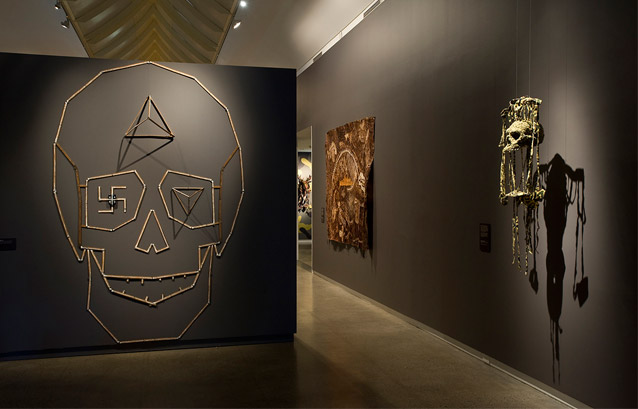
Obviously openings are not for art appreciation. Openings are for networking, for the glamour of being there, for “bella figura” and so on.
Sometimes though, if you talk with a friend about the opening of the night before, she may happen to mention the art.
Sometimes she would even have an opinion about it. Maybe she went there, she wouldn’t meet anyone she knows already, everyone was grumpy and unfriendly, no buffet even! (so rude).
What was left was to pay attention to the art.
Well, that’s not certainly the case of the recent opening at Volume! Foundation in Rome.
Forget about people being there reporting you about the art. In the opening aftermath the only comment you could collect was: “There were so many people.”
I mean, it was Kounellis opening we are talking about, not a light weight.
You certainly know who Kounellis is, but maybe I can repeat it for the guys who failed in the contemporary art test.
You may argue Kounellis’ worship is mainly in Italy, but then I remind you that his work is exhibited all over the world from Minnesota to Paris.
So, to keep it short, Kounellis is a talented Greek guy who decided to subscribe the art academy in Rome when it was still reputable. (There are still tons of people lured to the art academy in Rome from far countries, and I really feel bad for them).
1960 is the date of Kounellis’ first exhibition at Galleria La Tartaruga in Rome, and in the following years he contributed to the emergence of Arte Povera.
Kounellis, according to the principles of Arte Povera, started using materials from everyday life, animals, fire, bed, stones, iron in his artwork.
He also did some fun stuff artists use to do in Rome in the sixties, like unleash twelve horses in the gallery L’Attico. Just like that, for the sake of art.
